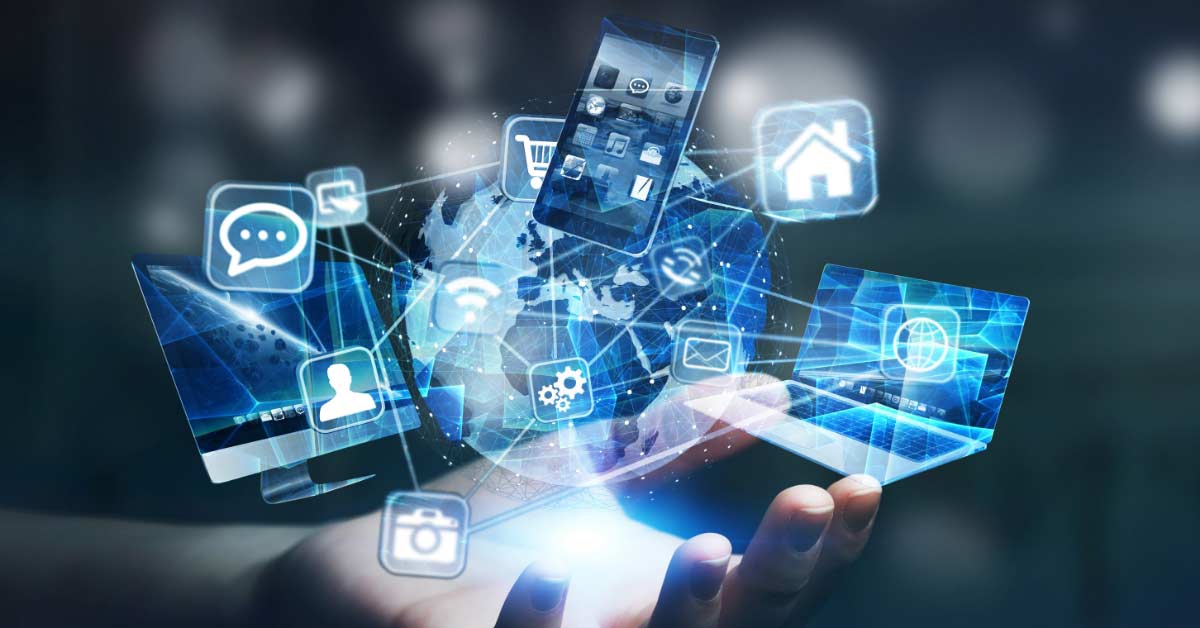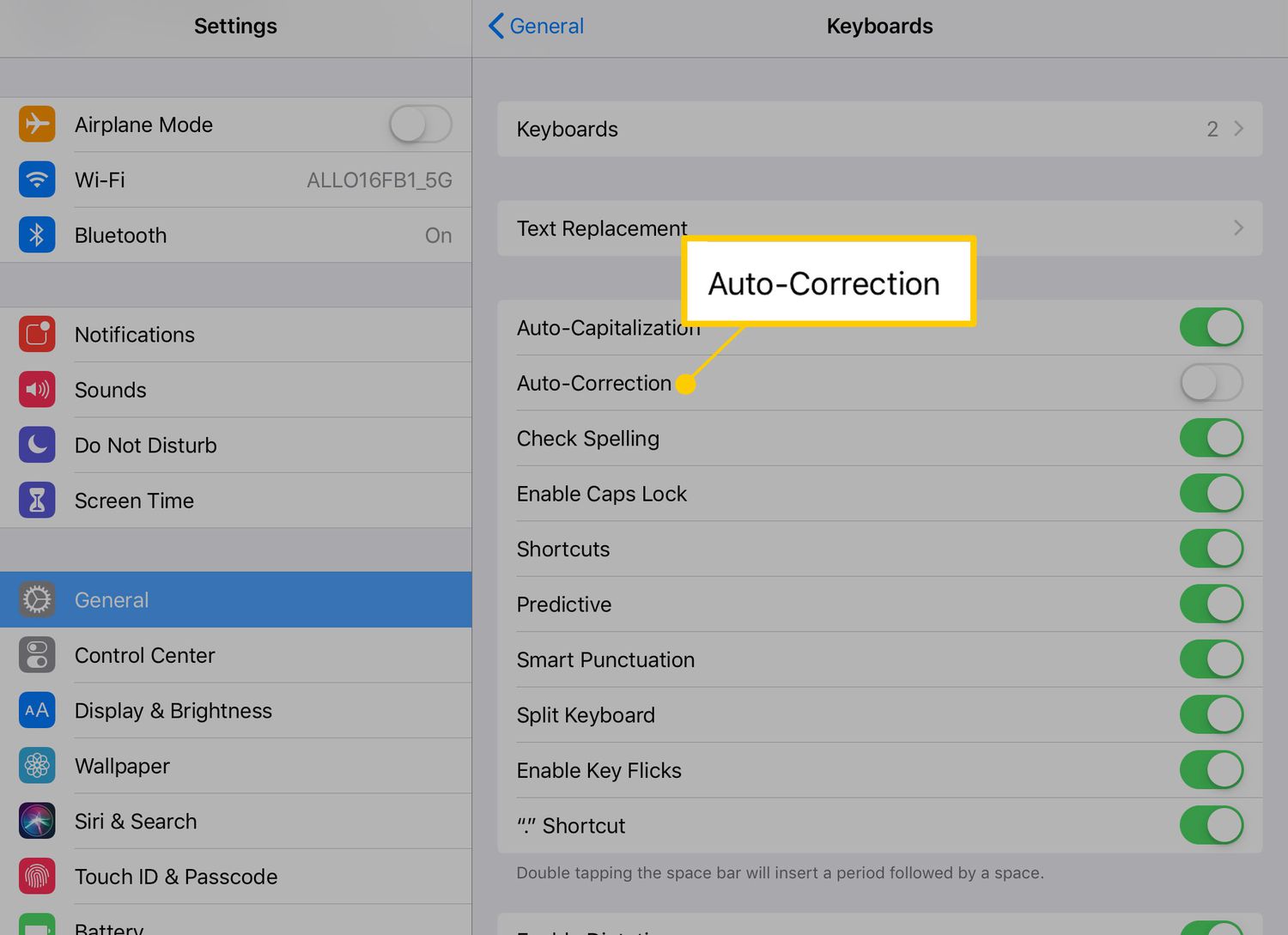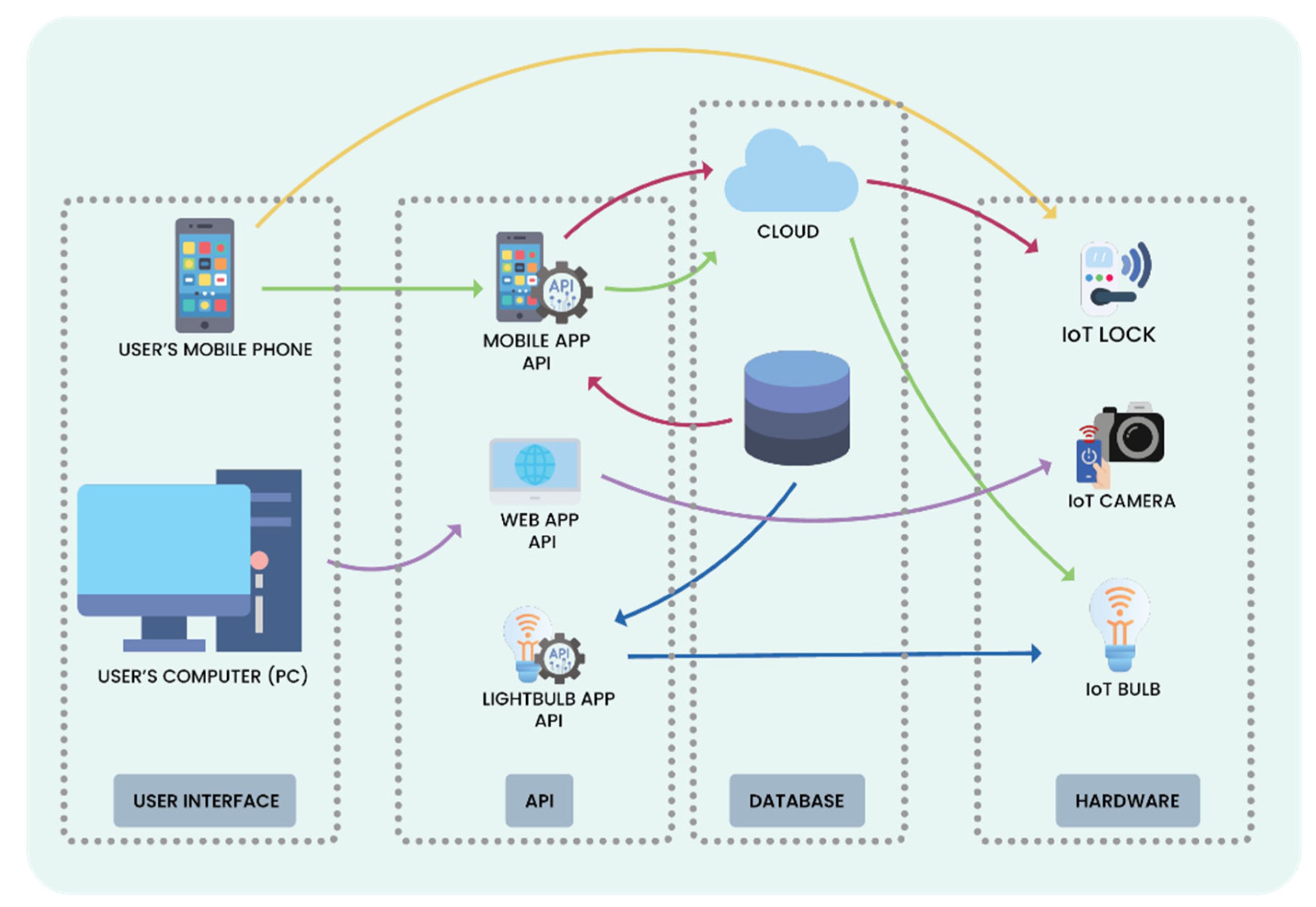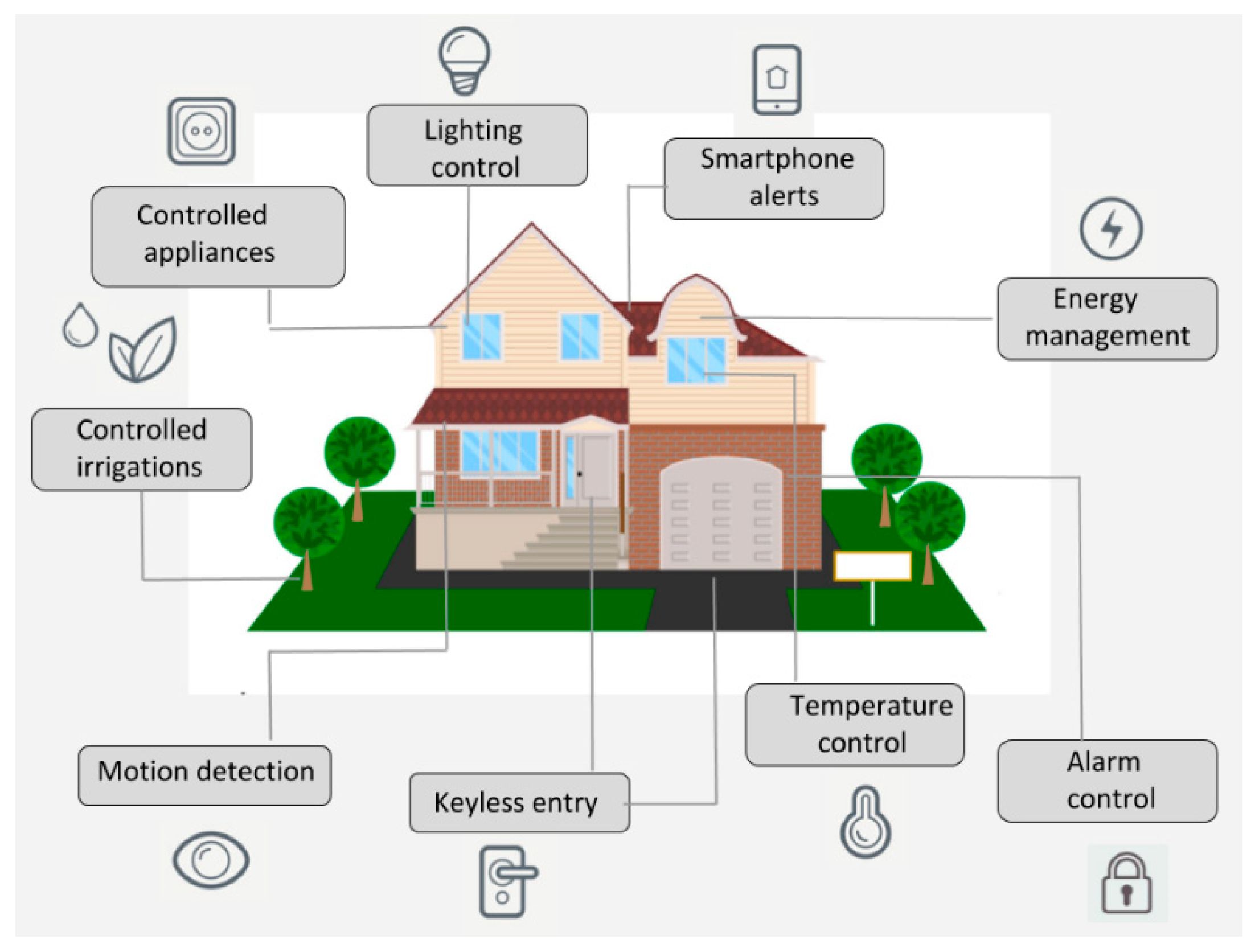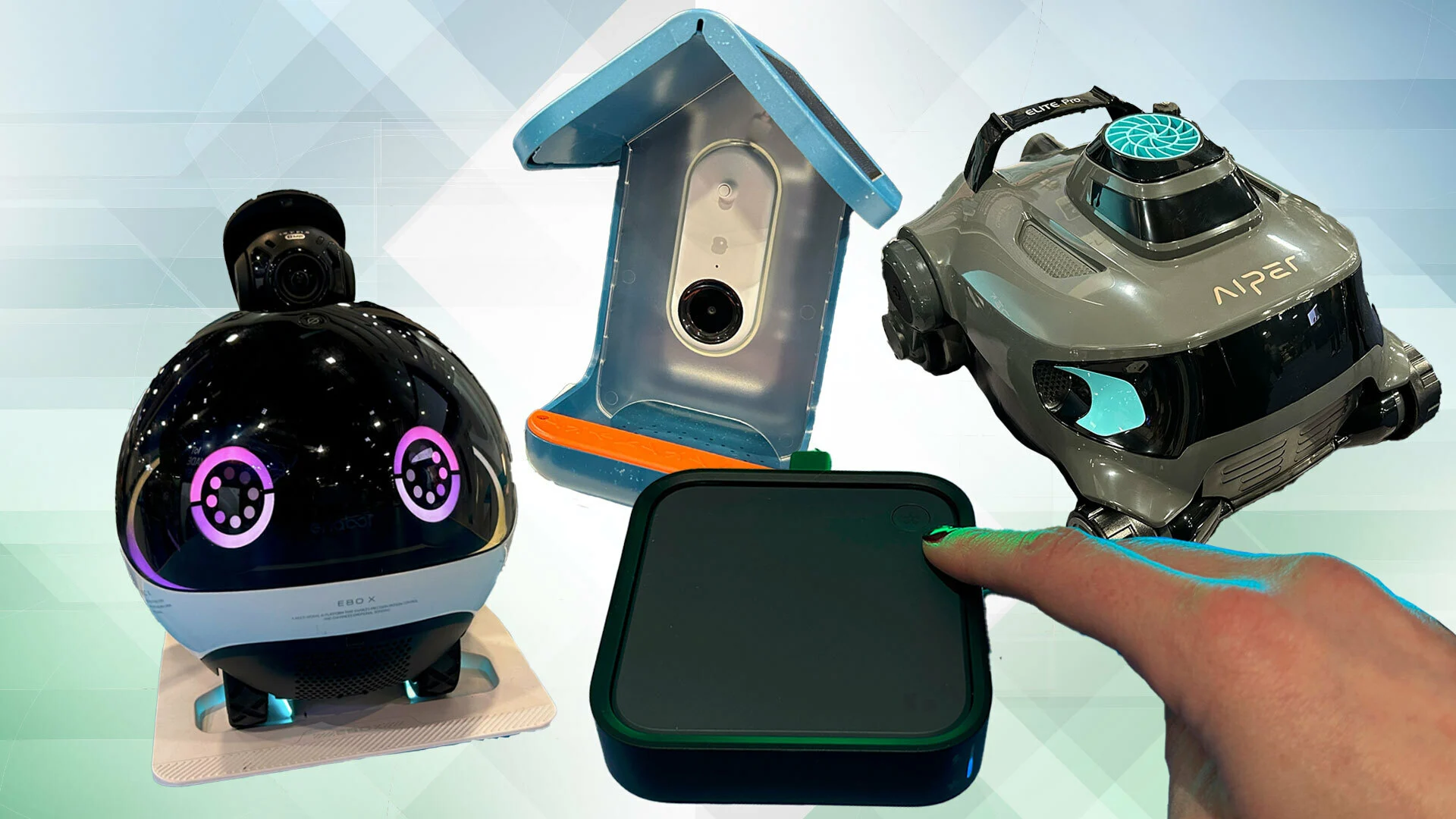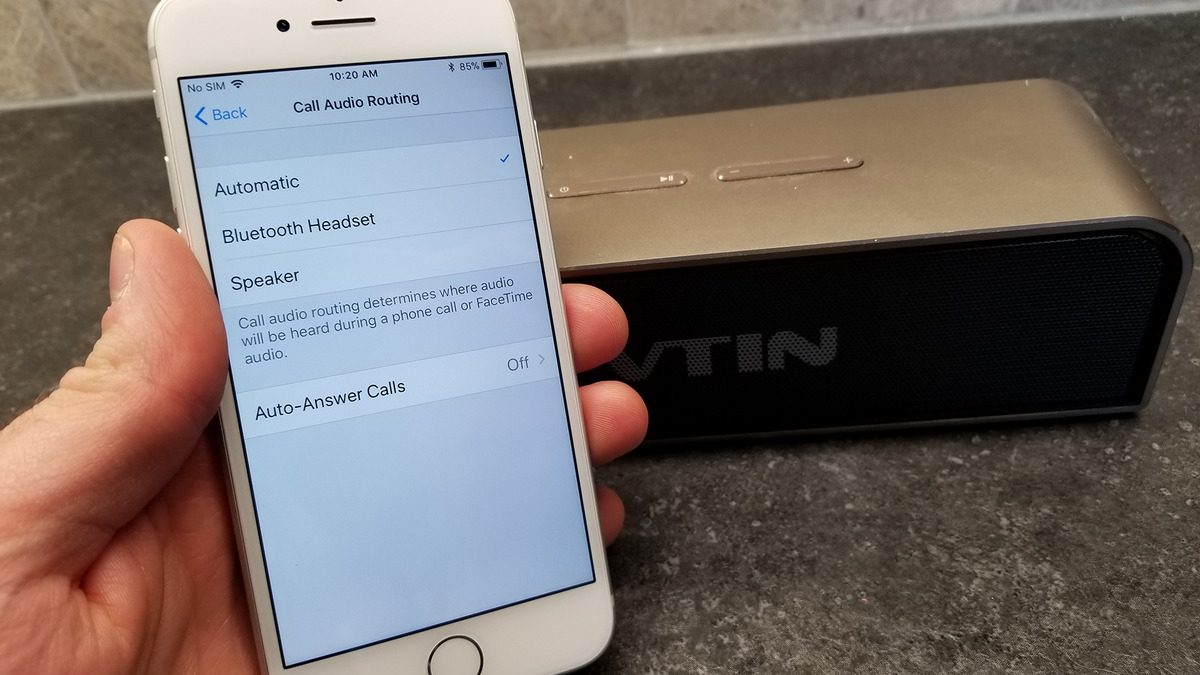Introduction
Welcome to the world of IoT, where everyday objects are becoming smarter and more connected. The Internet of Things, better known as IoT, is a revolutionary technology that is transforming the way we live and work. It is an interconnected ecosystem of devices, ranging from simple sensors to complex machines, that communicate with each other over the internet.
IoT has gained immense popularity in recent years due to its ability to collect, analyze, and share data in real-time. This technology has the potential to revolutionize industries across the globe, from healthcare and manufacturing to transportation and agriculture. By embedding sensors and connectivity into everyday objects, IoT enables them to communicate, interact, and make intelligent decisions, making our lives more convenient and efficient.
At its core, IoT is about connecting devices and turning them into smart devices. It allows us to control and monitor these devices remotely, automate tasks, and gather valuable insights. Imagine being able to manage your home security system, adjust the temperature of your house, or even track your fitness levels using just your smartphone. These are some of the possibilities that IoT brings to the table.
The concept of IoT has been around for several years, but it has gained significant momentum with the advancement of technology, especially in areas like cloud computing, artificial intelligence, and wireless communication. The availability of low-cost sensors and the widespread adoption of internet connectivity have further fueled the growth of IoT.
In this article, we will explore the basics of IoT and delve into how it works. We will also discuss the benefits, applications, challenges, and security concerns associated with this technology. Finally, we will look into the future of IoT and the potential it holds for shaping our lives.
What is IoT?
IoT, short for Internet of Things, refers to the interconnected network of physical devices embedded with sensors, software, and connectivity, enabling them to collect and exchange data over the internet. These devices can range from everyday objects such as smartphones, wearable devices, and household appliances to complex machines used in industries and infrastructure.
The fundamental concept behind IoT is to connect and enable communication between devices, thereby creating a seamless network of “smart” objects. These objects can sense, analyze, and transmit data, facilitating automation, improving efficiency, and enhancing user experiences.
IoT enables devices to gather data through their sensors or input mechanisms, process it internally or send it to a centralized location for analysis. This data can then be used to trigger actions, provide insights, or enable informed decision-making. The devices in an IoT ecosystem typically work in coordination with each other, forming a network known as the “IoT ecosystem” or “IoT network.
IoT devices are equipped with various sensors, such as temperature sensors, motion sensors, humidity sensors, or GPS trackers, which gather data about their surroundings. They then use connectivity technologies like Wi-Fi, Bluetooth, or cellular networks to transmit this data to other devices or cloud platforms for further processing and analysis.
The power of IoT lies in its ability to transform data into actionable information. For example, a smart thermostat in your home can collect data on temperature, humidity, and occupancy. With this information, it can adjust the temperature accordingly, providing a comfortable environment while saving energy.
IoT extends beyond just objects and devices. It involves the integration of software, cloud computing, analytics, and artificial intelligence to extract meaningful insights from the collected data. These insights can be used to optimize processes, improve efficiency, and enhance decision-making across various industries.
In the next section, we will explore the inner workings of IoT and delve into how this fascinating technology actually works.
How Does IoT Work?
IoT works through a combination of hardware devices, sensors, connectivity technologies, and cloud-based platforms. The process begins with the collection of data from the physical environment using sensors and other input mechanisms. This data is then transmitted to a central system for processing, analysis, and storage.
Let’s take a closer look at the components and process involved in making IoT work:
- Sensors and Devices: IoT devices are equipped with sensors that can measure various parameters, such as temperature, humidity, movement, or light intensity. These sensors act as the “eyes” and “ears” of the IoT system, capturing data from the physical world.
- Connectivity: IoT devices use various connectivity technologies to transmit the collected data to other devices or cloud platforms. This can include Wi-Fi, Bluetooth, cellular networks, or even satellite communication. The choice of connectivity depends on factors such as range, bandwidth, power consumption, and security requirements.
- Data Transmission: Once the data is collected by the sensors, it is transmitted to a central system for further processing. This can be done through direct device-to-device communication or by connecting to a network gateway that serves as an intermediary.
- Cloud Platform: The transmitted data is typically sent to a cloud-based platform for storage, processing, and analysis. Cloud platforms provide the necessary infrastructure to handle the large volume of data generated by IoT devices. They also offer tools for data analytics, visualization, and integration with other systems.
- Data Processing and Analysis: In the cloud platform, the collected data is processed, filtered, and analyzed to extract useful information and insights. This can involve applying algorithms, machine learning, or artificial intelligence techniques to identify patterns, anomalies, or trends in the data.
- Action and Response: Based on the insights derived from the data analysis, IoT systems can trigger actions or provide notifications. For example, a smart home security system can detect unauthorized access and send an alert to the homeowner’s smartphone or automatically lock the doors.
- User Interface: IoT systems often have a user interface that allows users to monitor and control connected devices remotely. This can be a mobile app, a web-based dashboard, or voice-controlled assistants.
Overall, IoT is a complex interplay of devices, connectivity, data, and cloud-based platforms, all working together to enable automation, data-driven decision-making, and improved efficiency. With the advent of advanced technologies and the growing ecosystem of IoT, its capabilities and applications continue to expand rapidly.
Benefits of IoT
The Internet of Things (IoT) has the potential to bring about numerous benefits and transform various aspects of our lives. Here are some key advantages of adopting IoT technology:
- Efficiency and Automation: IoT enables automation of tasks and processes, leading to improved efficiency and productivity. Connected devices can gather and analyze data in real-time, allowing for proactive maintenance, optimized resource allocation, and streamlined operations.
- Cost Savings: By leveraging IoT, businesses can reduce costs through predictive maintenance, energy optimization, and inventory management. For example, sensors in manufacturing equipment can detect potential failures in advance, enabling proactive maintenance and preventing costly downtime.
- Enhanced User Experiences: IoT can enhance user experiences by providing personalized and interconnected services. Smart homes, for instance, can adjust lighting, temperature, and entertainment preferences based on individual preferences, creating a more comfortable and convenient living environment.
- Improved Safety and Security: IoT can enhance safety and security in various domains, such as homes, cities, and workplaces. Smart surveillance systems, for example, can detect and respond to potential threats in real-time, improving public safety and reducing risks.
- Optimized Resource Management: IoT allows for efficient resource management in sectors like agriculture and energy. Smart irrigation systems can monitor soil moisture levels and weather conditions to ensure optimal water usage, minimizing waste.
- Healthcare Advances: IoT has the potential to revolutionize healthcare, enabling remote patient monitoring, telemedicine, and better management of chronic conditions. Connected medical devices can collect and transmit patient data to healthcare providers, enabling timely interventions and personalized care.
- Environmental Sustainability: IoT can contribute to environmental sustainability through efficient energy consumption, waste reduction, and smart city initiatives. Smart grids, for example, can optimize energy distribution and consumption, reducing carbon footprints.
- Data Insights: IoT generates a vast amount of data, providing valuable insights that can drive informed decision-making. Organizations can analyze this data to identify trends, patterns, and customer preferences, leading to improved products and services.
- Remote Monitoring and Control: IoT enables remote monitoring and control of devices and systems. This is particularly valuable in industries such as logistics, where managers can track shipments and optimize routes in real-time, improving efficiency and customer satisfaction.
- Connectivity and Accessibility: IoT connects devices and people, making information and services accessible anytime, anywhere. This connectivity opens up countless opportunities for collaboration, innovation, and global connectivity.
Overall, the multitude of benefits offered by IoT makes it a game-changer in various realms, revolutionizing industries, improving efficiency, and enhancing the overall quality of life.
Applications of IoT
The Internet of Things (IoT) has a wide range of applications across various industries and sectors. Here are some prominent examples of how IoT is being applied in the real world:
- Smart Homes: IoT enables homeowners to have enhanced control over their living spaces. With connected devices such as smart thermostats, lighting systems, security cameras, and appliances, people can remotely monitor and manage their homes through mobile apps or voice assistants.
- Industrial Automation: IoT is revolutionizing industries by enabling automation and advanced analytics. Manufacturing facilities, for instance, utilize IoT to enhance production efficiency, monitor equipment health, and optimize inventory management.
- Connected Cars: IoT technology is transforming the automotive industry by enabling connected cars with features such as real-time navigation, vehicle diagnostics, remote control, and enhanced safety systems. Connected car ecosystems allow vehicles to communicate with each other and the infrastructure, enabling traffic optimization and accident prevention.
- Healthcare: IoT is making significant contributions to the healthcare industry. It enables remote patient monitoring, wearable devices for health tracking, and real-time data transmission to healthcare professionals. IoT-driven telemedicine also allows for virtual consultations and remote diagnosis.
- Agriculture: IoT is advancing modern agriculture practices through the use of smart farming techniques. Farmers can monitor soil moisture levels, weather conditions, and crop health remotely using IoT sensors. This data helps optimize irrigation, fertilization, and pest control, improving crop yields and reducing resource waste.
- Smart Cities: IoT is transforming cities into smart, sustainable, and efficient ecosystems. IoT-based systems improve traffic management, waste management, energy consumption, and public safety. Smart city solutions include smart grid systems, intelligent transportation systems, and smart surveillance.
- Retail: IoT is reshaping the retail industry by creating personalized and interactive shopping experiences. Retailers use IoT to gather data on customer behaviors, preferences, and inventory levels to optimize product placement, inventory management, and customized promotions.
- Logistics and Supply Chain: IoT plays a crucial role in optimizing logistics and supply chain operations. IoT sensors provide real-time tracking and monitoring of shipments, enabling efficient inventory management, route optimization, and timely deliveries.
- Energy Management: IoT helps in the efficient management of energy resources by monitoring and controlling energy usage. Smart meters, connected to IoT networks, enable real-time tracking of energy consumption, identify wastage, and encourage energy-saving practices.
- Environmental Monitoring: IoT enables continuous monitoring of environmental factors such as air quality, water quality, and noise levels. This data helps in identifying pollution sources, designing effective conservation strategies, and ensuring a healthier environment.
These are just a few examples of how IoT is being applied across different industries. As IoT technology continues to evolve, its applications will expand, creating smarter and more connected environments that enhance our everyday lives.
Challenges of IoT
While the Internet of Things (IoT) holds immense potential, there are several challenges that need to be addressed for its widespread adoption. Here are some key challenges associated with IoT:
- Security and Privacy: With the increased connectivity of devices, security and privacy concerns become more prominent. IoT devices can be vulnerable to hacking, data breaches, and unauthorized access, potentially leading to compromised personal information or disruptions in critical systems.
- Interoperability: The interoperability of different IoT devices and platforms remains a challenge. As a result, integrating various devices and systems from different manufacturers can be complex and may require additional efforts to ensure compatibility and seamless communication.
- Scalability: IoT ecosystems require the ability to scale up to accommodate the growing number of devices and data generated. Scaling IoT networks and infrastructure to handle the massive volume of data and the increasing number of connected devices is a significant challenge.
- Complexity: IoT systems can be complex, involving numerous devices, protocols, and technologies. Managing and maintaining these systems, as well as integrating them with existing infrastructure, can be challenging, requiring skilled personnel and specialized knowledge.
- Power Consumption: Many IoT devices are battery-powered or have limited power sources. Optimizing power consumption to ensure long battery life is crucial but can be challenging due to the need for constant connectivity, data transmission, and processing.
- Data Management and Analytics: The vast amount of data generated by IoT devices poses challenges in terms of storage, processing, and analysis. Effective data management strategies, along with advanced analytics tools and algorithms, are needed to derive meaningful insights from the massive amounts of IoT-generated data.
- Regulatory and Legal Issues: IoT raises various legal and regulatory concerns, such as data privacy, data ownership, liability, and compliance with industry-specific regulations. Striking a balance between innovation and ensuring appropriate safeguards is a challenge for policymakers and stakeholders.
- Reliability and Resilience: IoT systems need to be reliable and resilient, especially in critical applications such as healthcare and infrastructure. Ensuring robustness and availability, as well as developing backup strategies in case of network failures or device malfunctions, is essential.
- Ethical Considerations: IoT raises ethical considerations, especially concerning data collection, usage, and consent. Responsible and ethical practices need to be in place to ensure transparency, fairness, and respect for individual rights in collecting and analyzing IoT-generated data.
- Education and Awareness: Educating users, businesses, and policymakers about IoT technologies and their implications is crucial. Raising awareness about the benefits, risks, and best practices associated with IoT adoption will help address challenges and ensure responsible use.
Addressing these challenges will require collaboration among stakeholders, including government bodies, industries, technology providers, and academia. Overcoming these barriers will pave the way for the widespread adoption and seamless integration of IoT into our lives.
Security Concerns in IoT
As the Internet of Things (IoT) continues to expand and devices become more interconnected, security concerns have become a major focus. The rapid growth of IoT has highlighted vulnerabilities and potential risks that need to be addressed. Here are some key security concerns in IoT:
- Device Vulnerabilities: IoT devices can be susceptible to security breaches due to weak default passwords, lack of security updates, or outdated firmware. Attackers can exploit these vulnerabilities to gain unauthorized access, disrupt services, or compromise sensitive information.
- Data Privacy: IoT devices collect and transmit vast amounts of data, raising concerns about the privacy and protection of personal information. Unauthorized access, inadequate data encryption, insecure data storage, and potential data breaches are significant risks that need to be addressed.
- Network Security: IoT devices rely on network connections to transmit data. Weak network security measures, such as unsecured Wi-Fi networks or insufficient encryption protocols, create opportunities for attackers to intercept or manipulate data traffic, compromising the integrity and confidentiality of information.
- Cloud Security: Many IoT systems rely on cloud platforms for data storage, processing, and analytics. Inadequate security measures in these cloud environments can expose sensitive data to unauthorized access. Ensuring robust cloud security, including secure data transfer, access control, and encryption, is crucial.
- Supply Chain Risks: The complex supply chain involved in manufacturing IoT devices raises concerns about compromised components or tampering during the production process. Backdoors, unverified software, or counterfeit hardware can pose significant security risks if not detected and mitigated.
- Botnets and DDoS Attacks: IoT botnets, formed by compromising numerous interconnected devices, can be used to launch large-scale distributed denial of service (DDoS) attacks. Attackers can overload targeted systems, rendering them inaccessible and causing disruption in various sectors.
- Secure Authentication and Authorization: Ensuring secure authentication and authorization mechanisms is critical to prevent unauthorized access to IoT devices or networks. Weak or compromised credentials can allow attackers to impersonate legitimate users, gaining unauthorized control over devices and compromising system security.
- Legacy Systems: Many IoT devices are integrated into existing infrastructure and legacy systems, which may not have been designed with the security requirements of IoT in mind. This can create vulnerabilities that could be exploited, necessitating a careful evaluation and implementation of security measures.
- Security Education and Awareness: Lack of awareness and education about IoT security among users and stakeholders can create weak links in the security chain. Ensuring that users understand the risks and are equipped with knowledge about best practices is crucial to promoting a secure IoT environment.
- Regulatory Compliance: IoT brings new challenges to regulatory compliance due to the diverse nature of devices and data collection. The development of appropriate regulations and standards is necessary to ensure that IoT systems adhere to security and privacy requirements.
Addressing these security concerns requires a comprehensive and multi-layered approach, involving collaboration among stakeholders, from manufacturers and service providers to users and regulatory bodies. Strong security measures, regular software updates, robust encryption, and user awareness are essential to safeguarding IoT ecosystems and protecting sensitive information.
Future of IoT
The future of the Internet of Things (IoT) holds tremendous potential for innovation and transformation across various industries and sectors. As technology continues to advance, here are some key trends and possibilities that shape the future of IoT:
- 5G Connectivity: The rollout of 5G networks will revolutionize IoT by offering faster speeds, lower latency, and increased capacity. This will enable more devices to connect simultaneously and facilitate real-time communication, enhancing the capabilities of IoT applications.
- Edge Computing: Edge computing brings processing power closer to the devices and sensors, reducing latency and improving response times in IoT systems. This distributed computing model allows for faster data analysis, improved security, and reduced reliance on cloud infrastructure.
- Artificial Intelligence (AI) Integration: AI and machine learning algorithms will play a pivotal role in IoT, enabling devices to learn and make intelligent decisions based on the vast amount of collected data. AI integration will enhance automation, predictive analytics, and personalized experiences in IoT ecosystems.
- Blockchain Technology: Blockchain has the potential to enhance the security and trustworthiness of IoT systems. It can provide immutable and transparent data storage, secure identity management, and decentralized control, mitigating security risks and ensuring data integrity.
- Smart Cities and Infrastructure: IoT will drive the development of smart cities and infrastructure, optimizing resource utilization, improving public services, and enhancing the quality of life. Connected systems, smart grids, intelligent transportation, and efficient waste management will contribute to sustainable urbanization.
- Healthcare Advancements: IoT will continue to revolutionize healthcare, enabling remote patient monitoring, telemedicine, and personalized treatments. Smart wearable devices, connected medical equipment, and AI-enabled diagnostics will transform healthcare delivery and improve patient outcomes.
- Industrial IoT: Industry 4.0 will see the integration of IoT, cloud computing, and AI in manufacturing and industrial sectors. IoT-driven automation, predictive maintenance, and digital twins will optimize production processes, increase efficiency, and reduce downtime.
- Environmental Monitoring and Sustainability: IoT will play a crucial role in monitoring and managing environmental factors, contributing to sustainability efforts. Real-time monitoring of air quality, water resources, and energy consumption will aid conservation efforts and enable proactive interventions.
- Expanded Connectivity and Integration: The number of connected devices will continue to grow exponentially, expanding the IoT ecosystem. Integration with everyday objects, wearables, and infrastructure will create a connected world where devices seamlessly interact with each other, providing personalized experiences.
- Standardization and Interoperability: The development of industry-wide standards and protocols will promote interoperability among different IoT devices and systems. This will enable a seamless integration of devices from various manufacturers, fostering compatibility and reducing complexities.
The future of IoT is full of exciting possibilities, driving innovation, and reshaping industries. However, it is crucial to address security, privacy, and ethical concerns as IoT expands. With the right approach, IoT has the potential to revolutionize how we live, work, and interact with our environment.
Conclusion
The Internet of Things (IoT) is undoubtedly transforming the way we live, work, and interact with the world around us. This interconnected network of devices, sensors, and systems has the potential to revolutionize industries, enhance efficiency, and improve our quality of life.
From smart homes that adapt to our preferences to industrial automation that optimizes production processes, IoT is creating a more connected and efficient world. The ability to collect, analyze, and communicate data in real-time is empowering businesses, individuals, and communities to make informed decisions, automate tasks, and drive innovation.
However, as IoT continues to evolve, it is crucial to address the challenges and security concerns associated with this technology. Data privacy, network security, device vulnerabilities, and regulatory compliance are important factors that require attention to ensure a secure and reliable IoT ecosystem. As IoT becomes more integrated into our lives, ensuring ethical practices and user awareness will be equally important.
The future of IoT holds great promise. As 5G networks become prevalent, edge computing evolves, and AI integration becomes more sophisticated, the possibilities for IoT applications will expand further. Smart cities, personalized healthcare, sustainable energy management, and seamless connectivity are just a glimpse of what the future holds.
To fully realize the potential of IoT, collaboration among stakeholders is crucial. Manufacturers, service providers, policymakers, and users need to work together to establish industry standards, address security concerns, and ensure responsible and ethical use of IoT technology.
While there are challenges to overcome, the transformative impact of IoT cannot be ignored. As we move forward, it is important to embrace the opportunities IoT presents and leverage its potential to create a more connected, efficient, and sustainable future.







